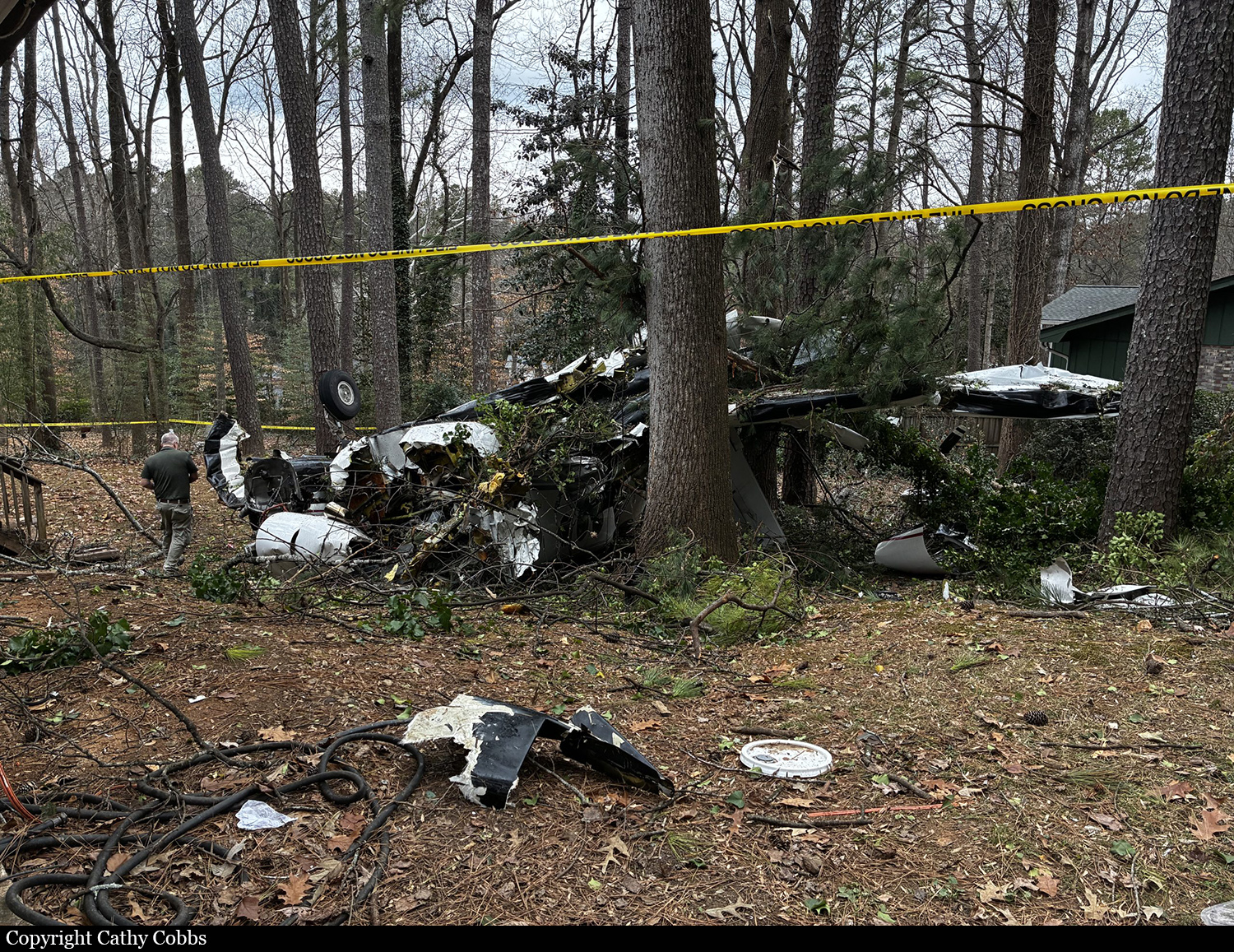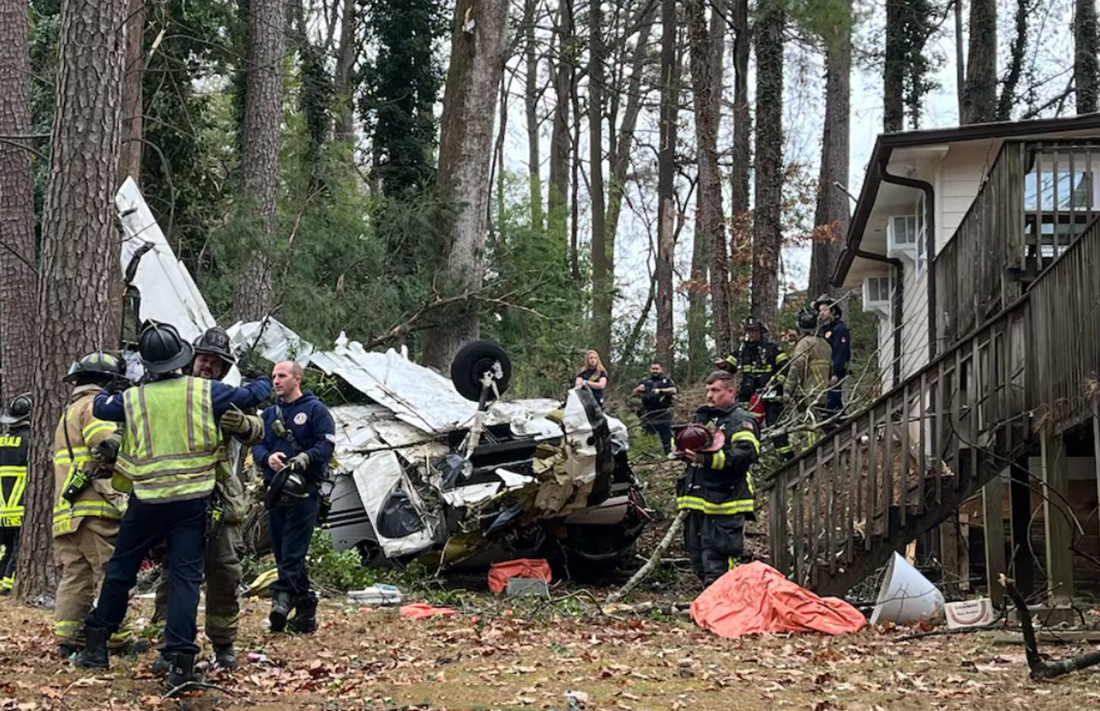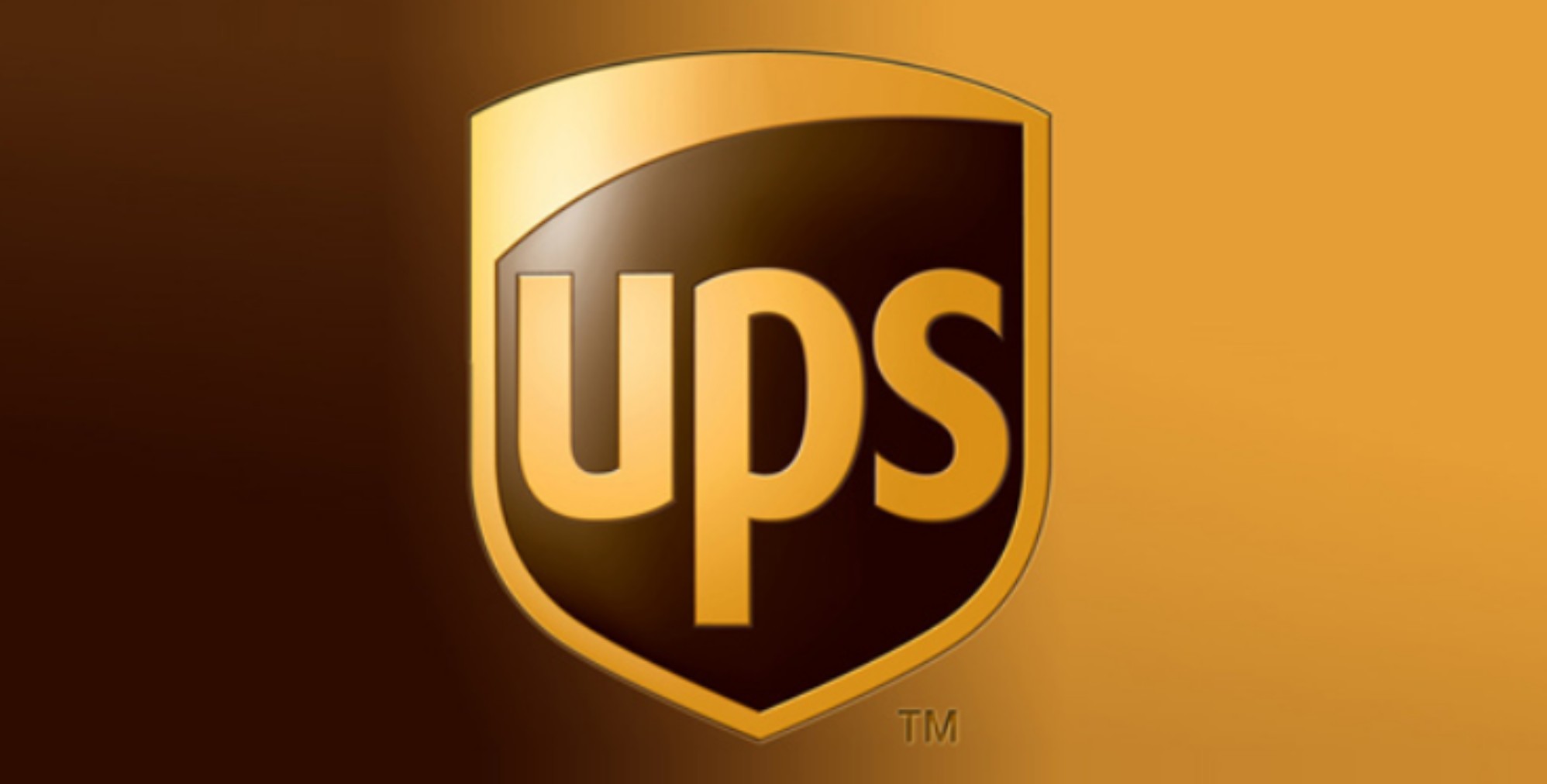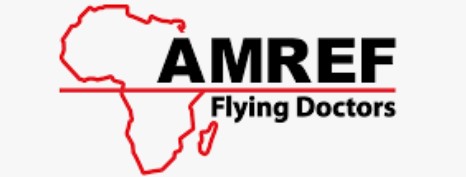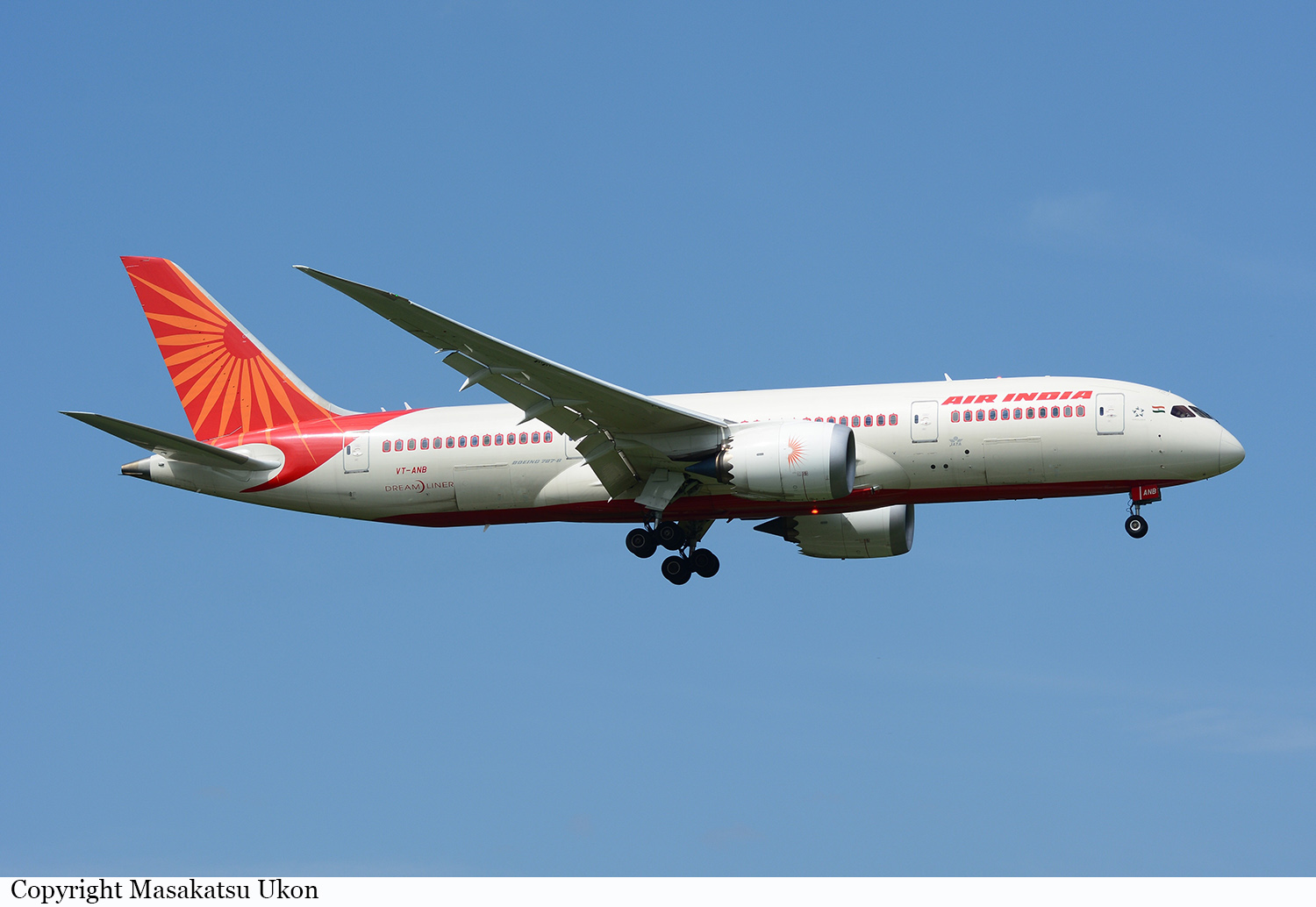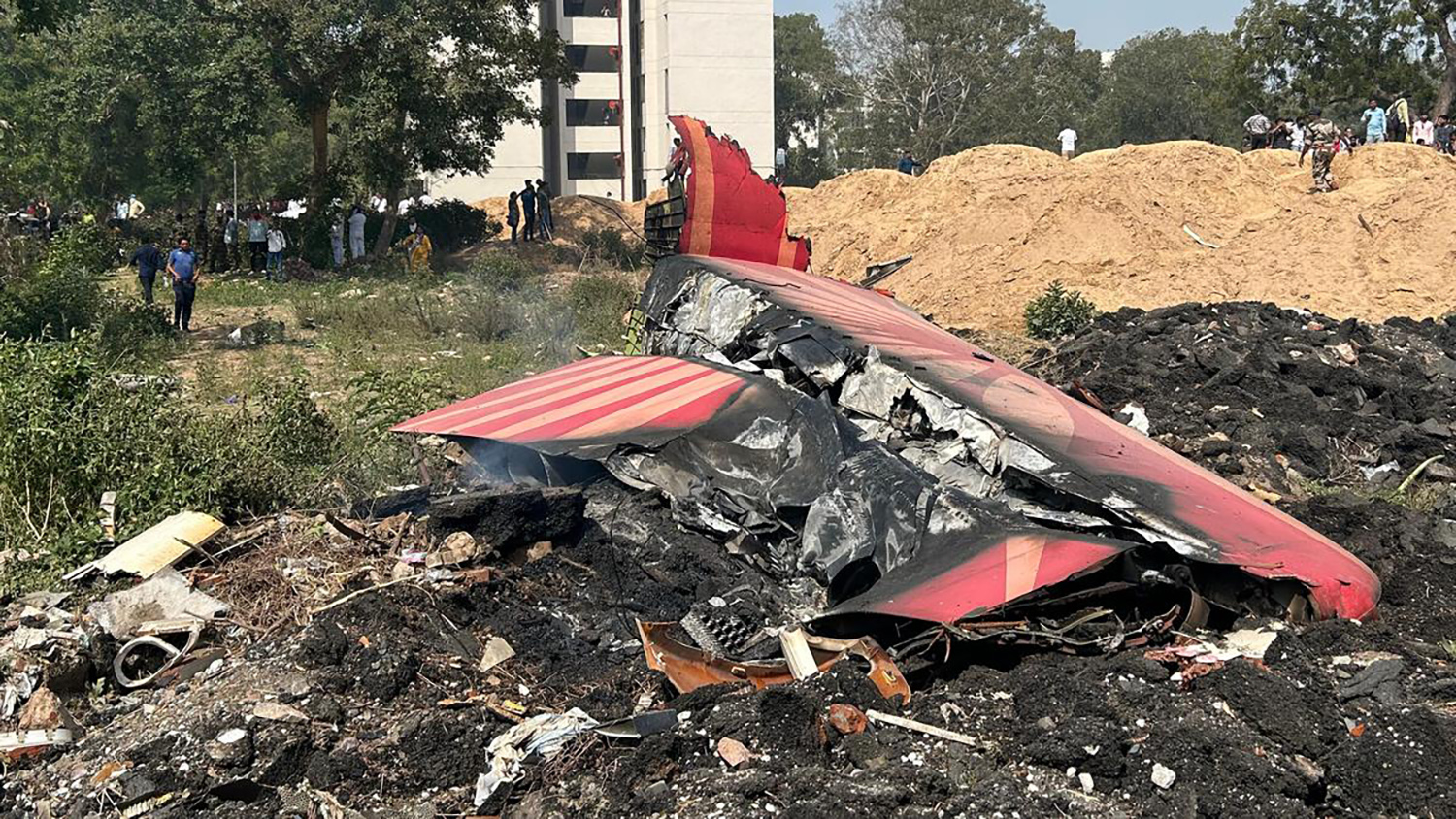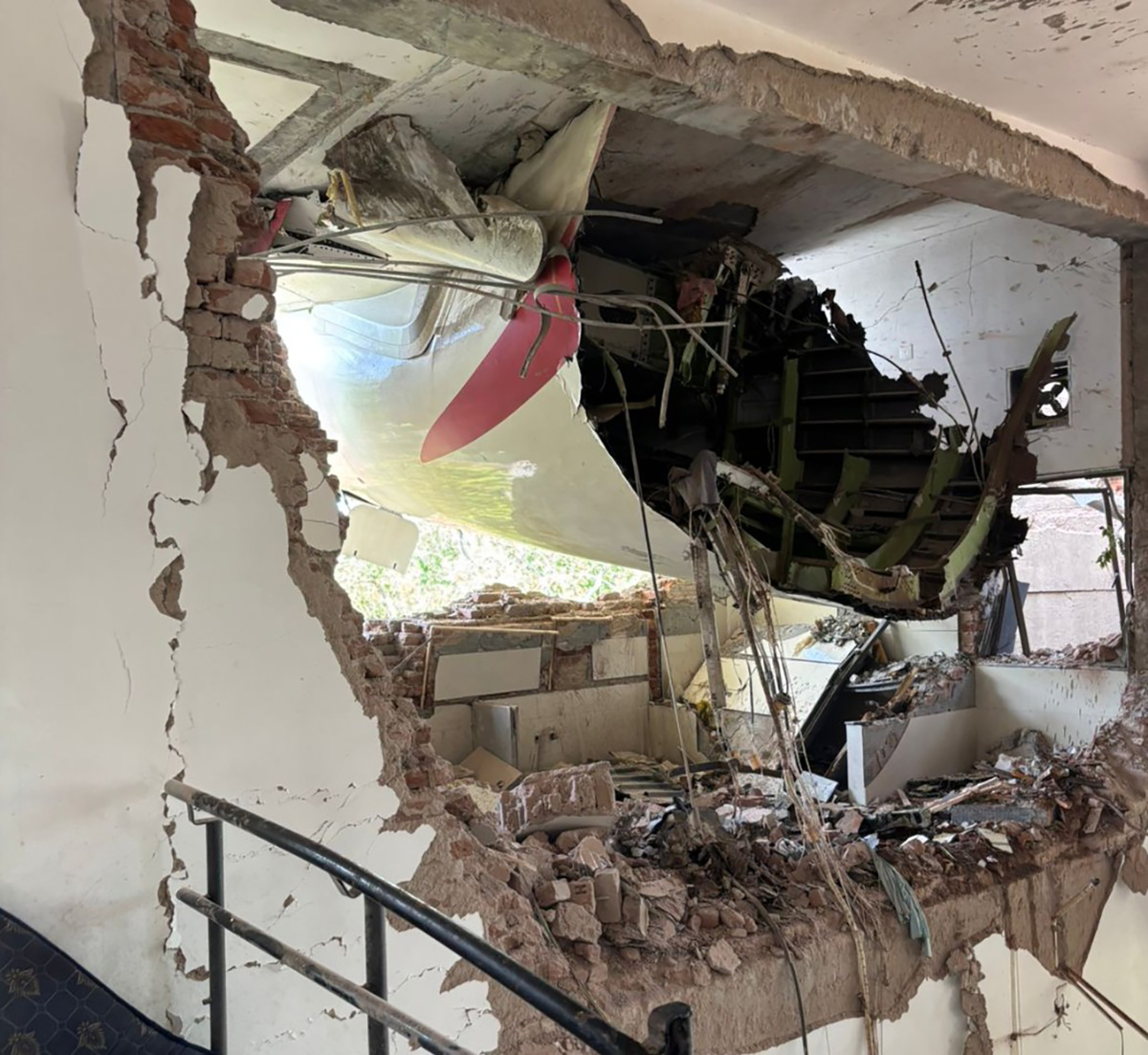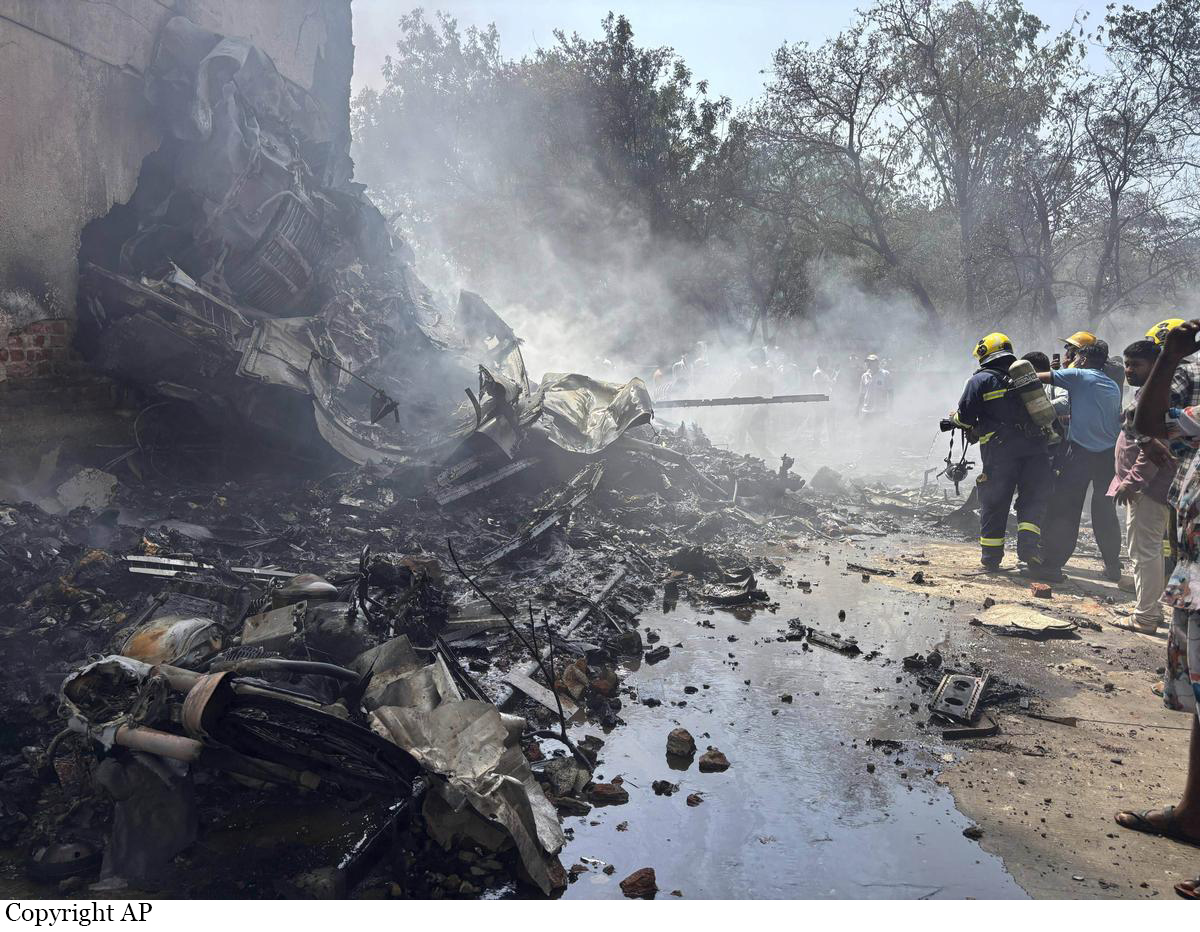Crash of a Beechcraft B90 King Air in Doraville
Date & Time:
Dec 28, 2025 at 0936 LT
Registration:
N40BA
Survivors:
Yes
Schedule:
Miami - Kennesaw
MSN:
LJ-444
YOM:
1969
Crew on board:
1
Crew fatalities:
Pax on board:
1
Pax fatalities:
Other fatalities:
Total fatalities:
0
Circumstances:
The twin engine airplane departed Miami-Executive Airport (Kendall Tamiami) at 0628LT on a flight to Kennesaw-Cobb County-McCollum Airport, Georgia. Approaching Atlanta control area, the pilot declared an emergency and requested a clearance to land at the nearest airport. Vectored to Atlanta-DeKalb-Peachtree, the pilot modified his route and completed a left hand circuit. On final approach to runway 21L, the airplane went out of control and crashed at Homeland Drive, in a residential area located in Doraville, about 5 km north northeast of the airport. Both occupants were injured and the airplane was destroyed.

